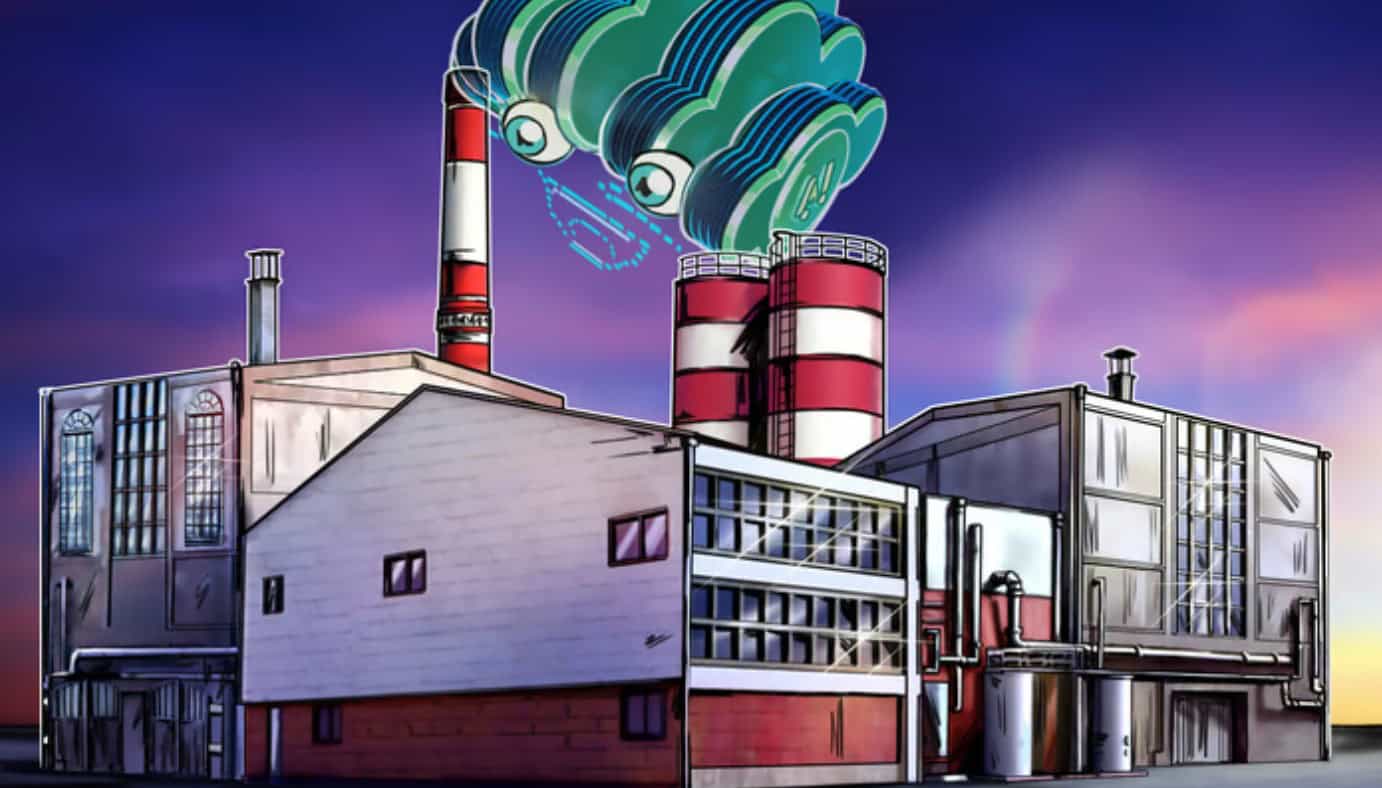
Microsoft has signed a deal with the Constellation Energy Corporation — the owner of the Three-Mile Island nuclear site — to reopen the Pennsylvania facility and provide the tech company with clean energy for its artificial intelligence operations.
The 20-year deal between Microsoft and Constellation will see the restoration of the Three-Mile Island Unit 1 reactor to host the “Crane Clean Energy Center” as part of the tech giant’s commitment to powering its artificial intelligence business through carbon-free power.
As part of the agreement, Constellation Energy will supply 835 megawatts of power to Microsoft and spend approximately $1.6 billion to bring the facility online — a goal the energy provider hopes to accomplish by 2028.

Carbon emissions compared by energy type. Source: International Atomic Energy Agency.
However, the deal must still be approved by the Nuclear Regulatory Commission (NRC), state officials, and local authorities before resuming operations.
AI requires massive power
On Sept. 12, industry leaders from tech giants such as OpenAI, Microsoft, and Google, met at the White House to discuss the future of energy infrastructure for AI.
According to Sabre56 CEO Phil Harvey — an expert in data center and mining facility construction and operation — an AI data center requires between $3 million to $5 million per megawatt to operate.
Former President Donald Trump recently touched on this topic, explaining that the United States needs to upgrade its energy infrastructure and generate more energy for artificial intelligence data centers and Bitcoin mining operations.
The 1979 Three-Mile Island accident
In 1979, a separate reactor at the Three-Mile Island nuclear facility experienced a partial meltdown due to what is believed to have been a mechanical failure, which prevented the liquid cooling system from pulling heat from the reactor’s core. In turn, this caused the entire reactor to shut down and pressure to mount inside the nuclear facility’s pipes.
To alleviate the growing pressure, a relief valve — which should have automatically closed once the pressure was back under a certain level — was opened. This relief valve remained open and caused a catastrophic loss of coolant — eventually causing the entire core to overheat and partially melt down.

A graphic depicting the Three Mile Island Reactor 2, which was permanently shut down. Source: Nuclear Regulatory Commission.
Residents within a 5-mile radius of the accident were instructed to evacuate the area and feared they were affected by radiation poisoning. The Nuclear Regulatory Commission continues to maintain that the accident did not cause environmental or health hazards:
“Thousands of environmental samples of air, water, milk, vegetation, soil, and foodstuffs were collected by various government agencies monitoring the area. Very low levels of radionuclides could be attributed to releases from the accident.”
The Commission has characterized the incident as the “most serious accident in U.S. commercial nuclear power plant operating history.”
